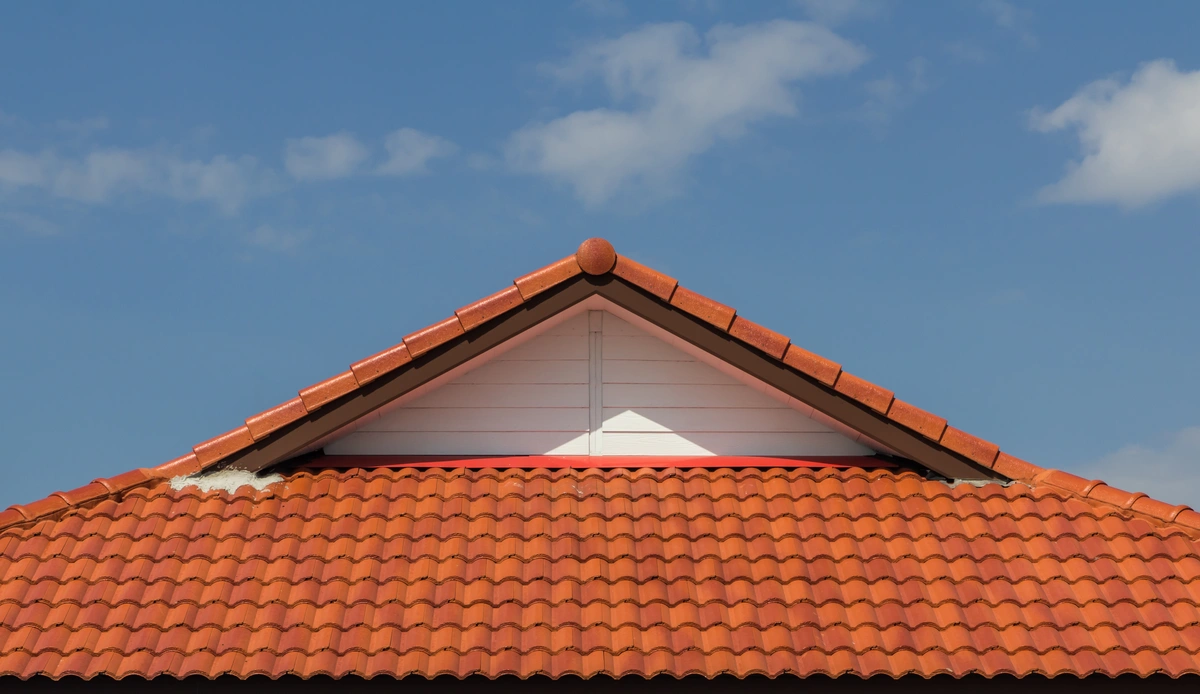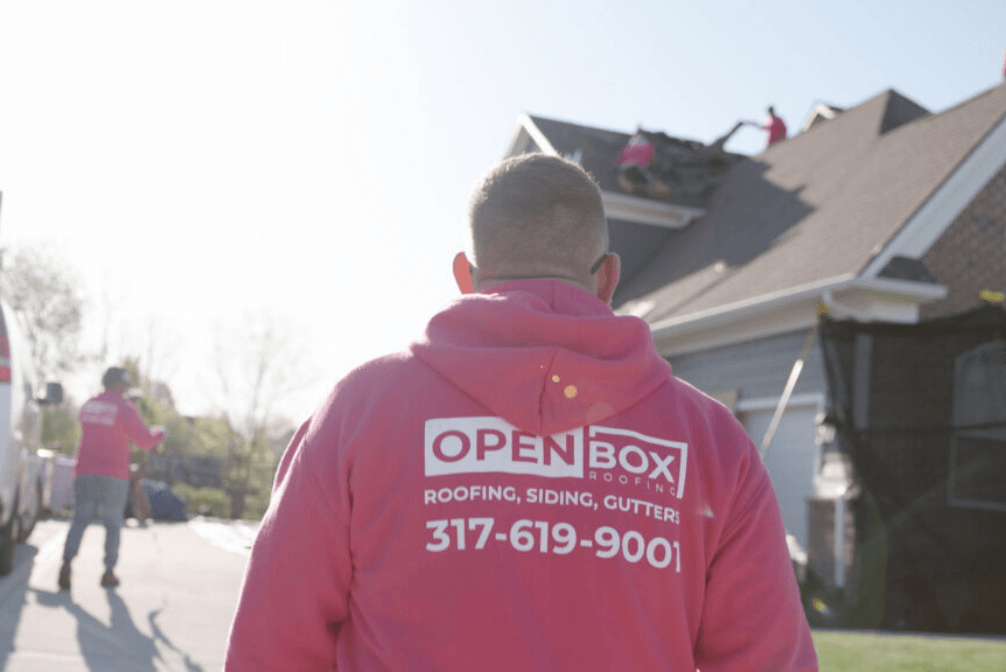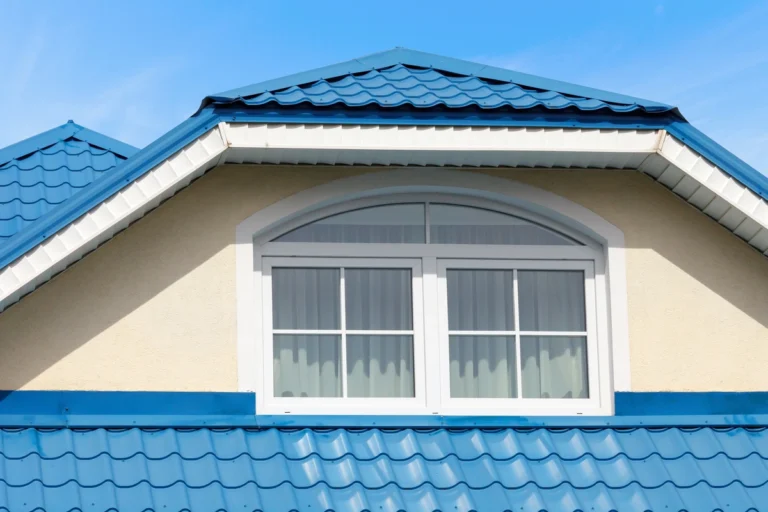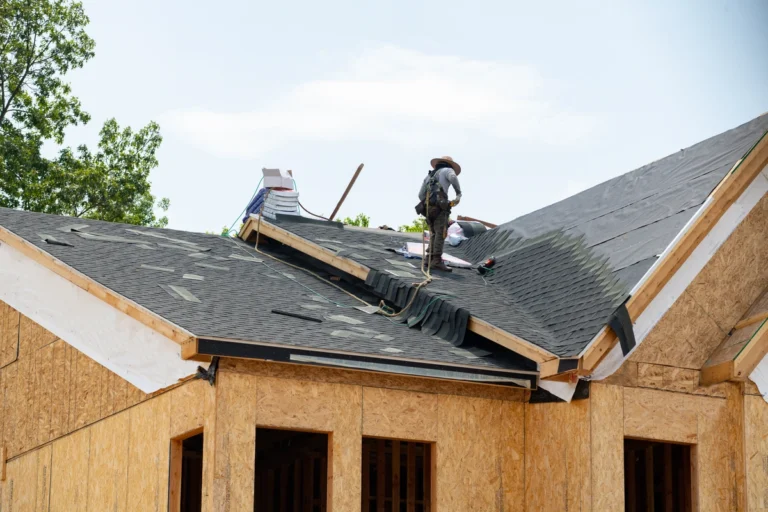When selecting a roofing material for your home—then installing a durable and dependable roof—there’s no one-size-fits-all solution. With a plethora of options available in the market, finding the perfect roof can be overwhelming.
In this comprehensive blog post, we’ll explore six popular types of roofing materials and assess their pros and cons to help you make an informed decision that best suits your needs and budget.
From asphalt shingles to metal roofs and beyond, we’ve got you covered with everything you need to know before making your choice.
Types of Roofing Materials and Their Pros and Cons
This section of the article will cover six popular types of roofing materials, namely asphalt shingles, metal roofing, tile roofing, wood shake shingles, slate roofing, and rubber roofing – discussing their pros and cons.
Asphalt Shingles
Asphalt shingles are a popular choice among homeowners because they offer an affordable and visually appealing option for residential roofing. Consisting of fiberglass or organic materials coated with asphalt, these shingles come in various styles such as the classic three-tab design, more durable architectural shingles, and highly customizable designer variants.
Though cost-effective and aesthetically pleasing, asphalt shingles have a shorter lifespan than other types of roofing material, usually lasting between 15 to 30 years, depending on factors like climate and proper maintenance.
They may also not be the most energy-efficient solution due to their susceptibility to heat absorption – which can lead to increased cooling costs during hot summers. Homeowners in regions prone to extreme weather conditions (such as hurricanes or hailstorms) should note that some asphalt shingle varieties may not provide optimal protection against such events without additional reinforcement measures.
Metal Roofing
Metal roofing has become an increasingly popular choice among homeowners due to its durability, energy efficiency, and environmentally friendly properties. Unlike asphalt shingles or wood shake shingles, metal materials such as steel, copper, and zinc offer a longer lifespan with less maintenance involved.
One significant benefit of opting for a metal roof is its ability to reflect sunlight effectively, reducing cooling costs during hot climates while maintaining thermal insulation in colder conditions.
Additionally, they are fire-resistant and can withstand extreme weather conditions such as heavy snowfall or high winds without compromising their structure. These impenetrable roofs also offer homeowners peace of mind knowing their homes are well-protected against potential damage caused by leaks or other vulnerabilities often found with traditional asphalt shingle roofs.
Tile Roofing
Tile roofing is a popular and attractive option for homeowners, known for its unique appearance and remarkable durability. Among the most common types of tile roofing materials are clay, slate, and concrete, each offering benefits that cater to different tastes and budgets.
While pricing may vary depending on the material chosen, it’s important to note that slate and clay tiles tend to be more expensive than metal or wood alternatives due to their enhanced durability.
Despite the higher upfront costs, investing in a high-quality tile roof can yield long-term savings with its impressive lifespan of 50-70 years or even more.
Wood Shake Shingles
Wood shake shingles are a high-quality roofing option offering durability and long-lasting beauty. Cedar shake roofing is substantially more expensive than asphalt shingle roofing, but the investment pays off in the long run.
In addition to providing an authentic look, wood roof materials can offer twice the insulation as traditional asphalt shingles. This makes them an energy-efficient choice for homeowners looking to lower their utility bills while staying comfortable year-round.
Slate Roofing
Slate roofing is a premium option for homeowners who value durability, longevity, and aesthetics. It is made of natural slate tiles mined from quarries, making it an eco-friendly choice.
While more expensive than asphalt shingles, slate roofs can last up to 100 years with proper maintenance and installation.
One of the main benefits of slate roofing is its resilience against harsh weather conditions like hailstorms and strong winds. In addition, when combined with proper underlayment and insulation materials, it provides energy efficiency by offering effective insulation against heat or cold.
However, installing slate requires professional installers due to its weight and complexity which can increase the cost significantly compared to other types of roofing materials like metal or asphalt shingle roofs.
Rubber Roofing
Rubber roofing is a popular choice for those looking to replace their roof due to its affordability and durability. This roofing material is lightweight, making it easier and faster to install.
One of the most common types of rubber roofing used in flat roofing systems is EPDM (Ethylene Propylene Diene Monomer). This rubber roofing material can withstand harsh weather conditions like extreme heat or cold without cracking, which makes it ideal for hot climates.
It is an affordable option, but rubber roofing has several benefits making it an intelligent decision for homeowners who want a durable and impenetrable roof that requires little maintenance over time.
Comparison of Roofing Materials in Terms of Cost, Durability, and Maintenance
When choosing a roofing material, cost, durability, and maintenance are the most important factors to consider. Asphalt shingle roofs are typically the most affordable option, ranging in price from $100-$200 per square foot.
On the other hand, metal roofing is one of the most durable options available, lasting up to 50 years or more with proper maintenance.
Another option that’s gained popularity recently is rubber roofing, which provides excellent insulation and can last up to 25-30 years.
Factors To Consider When Choosing a Roofing Material
Choosing the right roofing material for your home can be daunting, especially when there are so many options available in the market. To make an informed decision, it’s important to consider some key factors.
One of them is the pitch or slope of your roof. Another important factor is architectural authenticity. If you have an older or historic home, choose roofing materials that match its style and era, such as wood shakes or clay tiles. You’ll also want to consider weather endurance.
Energy efficiency is also something to think about if reducing your energy bills matters to you. Materials like solar roofing or stone-coated steel work well for this purpose by reflecting heat away from the house and keeping it cool during hot summers.
Choosing the Right Roofing Material for Your Home
When selecting a roofing material, it’s vital to consider the climate of your region, your budget, and the overall style of your home. For example, if you live in an area with hot climates or are looking for a durable and long-lasting option, slate or clay tiles could be the best choice.
Another important factor to consider when choosing a roofing material is its maintenance requirements. Materials like wood shakes and shingles require more upkeep than materials like metal or rubber roofs.
Ultimately, the key is to find a balance between cost-effectiveness and longevity while ensuring that you choose a style that complements both your taste and the architectural design of your property.
Conclusion
Choosing a roofing material for your home is a crucial decision that can significantly impact your property’s durability, energy efficiency, and aesthetic appeal.
The 6 popular types of roofing compared in this article provide an excellent starting point for researching the different options available in the market. From asphalt shingles to metal, tile, wood shakes, slate, and rubber roofing materials – each type has pros and cons based on cost, durability, maintenance requirements, and energy efficiency.
Whether you live in a hot or cold climate region or want to explore eco-friendly green roofs or solar shingles options – this comprehensive guide provides all the necessary information to make an informed decision about your next roof replacement project.
If you wish to talk to a professional, reach out to Open Box Roofing for a friendly and informative consultation!





